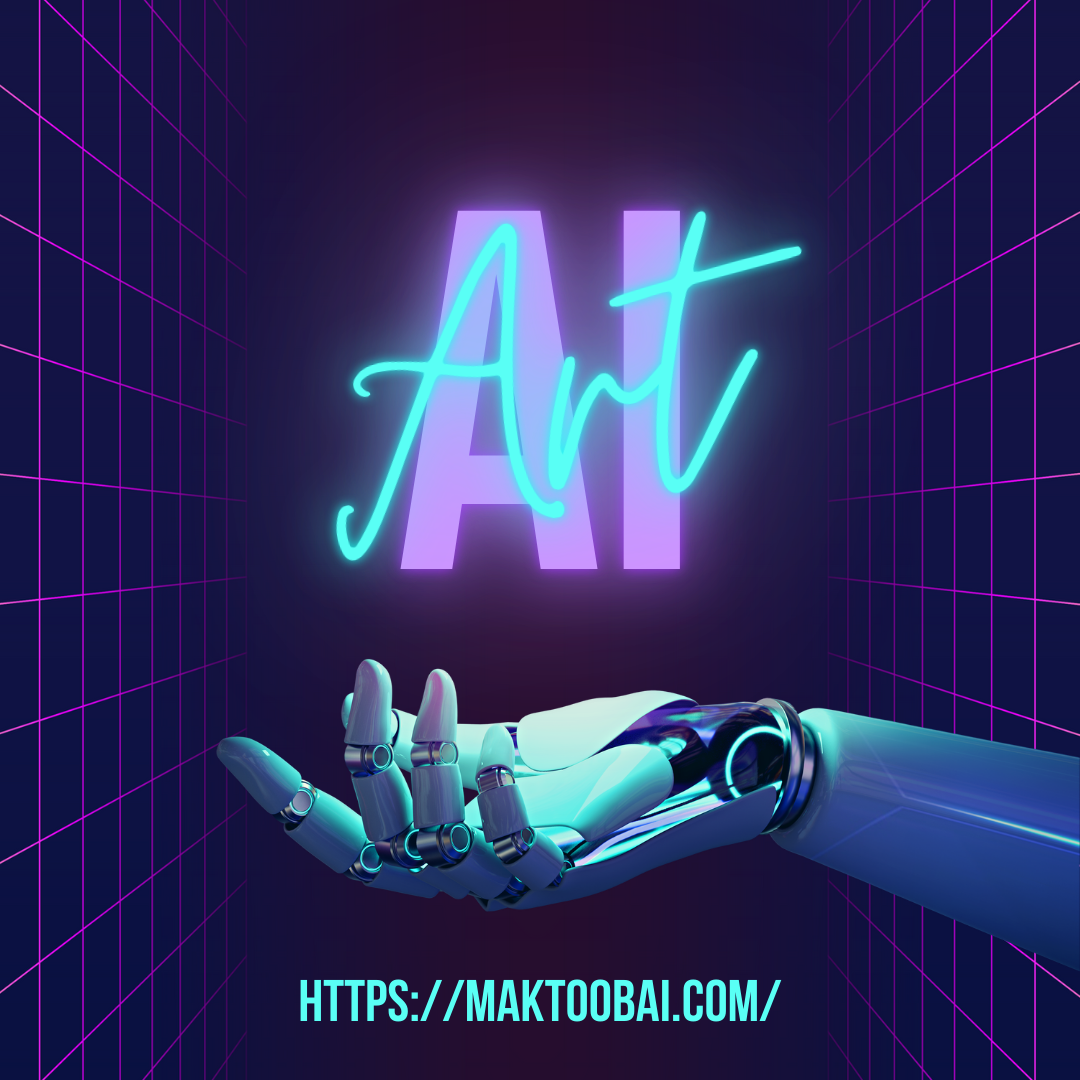Pros and Cons of AI in Education Artificial Intelligence (AI) has permeated virtually every sector of society, transforming traditional approaches and redefining processes. Education, one of the most crucial pillars of human development, is no exception. The incorporation of AI into education promises significant advancements, but it also introduces a host of challenges. This article explores the pros and cons of AI in education, examining its impact on learners, educators, and the broader educational ecosystem.
What is AI in Education?
AI in education refers to the use of intelligent systems and technologies to facilitate, enhance, or replace traditional teaching and learning practices. From adaptive learning platforms to automated grading systems, AI technologies aim to streamline administrative tasks and deliver personalized learning experiences.
Pros of AI in Education
Personalized Learning Experiences
One of the standout benefits of AI in education is its ability to provide personalized learning. AI systems analyze a student’s strengths, weaknesses, and learning styles to deliver tailored content. For instance, adaptive learning platforms like DreamBox or Smart Sparrow adjust the difficulty level based on real-time student performance.
Efficient Administrative Processes
AI significantly reduces the administrative burden on educators. Tools like automated grading systems, attendance trackers, and resource scheduling software free up time for teachers to focus on teaching rather than paperwork.
Enhanced Accessibility
AI makes education more inclusive by catering to students with disabilities. For example, speech-to-text technology aids students with hearing impairments, while AI-powered screen readers assist visually impaired learners. This ensures equitable access to learning resources.
Improved Engagement Through Gamification
AI tools often incorporate gamified elements that make learning interactive and fun. By using rewards, challenges, and leaderboards, these systems boost student engagement and foster intrinsic motivation.
Data-Driven Insights
Educators gain access to in-depth analytics, enabling them to track student progress and identify areas that need improvement. AI-driven insights empower teachers to make informed decisions, enhancing learning outcomes.
Read more: Ethical Considerations of AI in Modern Education
Cons of AI in Education
High Initial Costs
Implementing AI in education requires significant investment in infrastructure, software, and training. Many schools and institutions, particularly in low-income areas, struggle to afford these technologies.
Job Displacement Concerns
While AI automates administrative tasks, it raises concerns about potential job losses in roles traditionally handled by humans. This includes positions such as teaching assistants and administrative staff.
Lack of Emotional Intelligence
AI lacks the empathy and emotional understanding that human teachers bring to the classroom. For students needing emotional support, the absence of a human touch can be a significant drawback.
Data Privacy Issues
AI systems collect and process vast amounts of student data. This raises concerns about data security, potential misuse, and compliance with privacy regulations such as GDPR or COPPA.
Over-Reliance on Technology
Dependence on AI tools can lead to reduced critical thinking and problem-solving skills among students. Additionally, technical glitches or system failures can disrupt the learning process.
Balancing AI with Traditional Teaching Methods
The effective integration of AI in education involves striking a balance between technology and human interaction. While AI excels at automating tasks and providing personalized content, it should complement rather than replace traditional teaching methods.
Hybrid Learning Models
Hybrid learning models combine AI-powered tools with face-to-face instruction. This ensures that students benefit from the efficiency of AI while retaining the emotional and social aspects of in-person teaching.
Continuous Teacher Training
Educators must stay updated on the latest AI technologies to use them effectively. Regular training and workshops can bridge the gap between technology and pedagogy.
How AI is Reshaping the Classroom
AI is transforming classrooms into dynamic, interactive environments. Virtual classrooms, real-time feedback systems, and AI tutors are just a few examples of how technology is reshaping traditional learning spaces.
Pros and Cons of AI in Education: A Comparative Table
| Aspect | Pros | Cons |
|---|---|---|
| Personalization | Tailored learning paths | Limited adaptability to unique cases |
| Efficiency | Automates administrative tasks | High initial setup costs |
| Accessibility | Supports diverse learners | May not address all needs |
| Engagement | Gamifies learning | Potential over-reliance on tech |
| Insights | Data-driven decision-making | Privacy concerns |
Conclusion
AI in education is a double-edged sword, offering tremendous benefits alongside notable challenges. As technology continues to evolve, its integration into education must be approached thoughtfully. Striking a balance between leveraging AI’s strengths and addressing its limitations will ensure that it serves as a tool to empower both educators and students.
FAQs
1. What are the primary benefits of AI in education?
AI enhances personalization, automates administrative tasks, improves accessibility, and provides data-driven insights.
2. Can AI replace teachers in the future?
While AI can automate tasks, it lacks emotional intelligence and the ability to connect personally with students, making complete replacement unlikely.
3. What are the ethical concerns of AI in education?
Ethical concerns include data privacy issues, potential biases in algorithms, and the risk of over-reliance on technology.
4. How can schools afford AI implementation?
Funding from government initiatives, partnerships with tech companies, and phased implementation can help schools adopt AI technologies.
5. What is the future of AI in education?
The future lies in hybrid learning models, improved accessibility tools, and the development of ethical AI systems that prioritize student well-being.


